Introduction

Creating a calm and peaceful environment for your feathered companion is crucial for their overall well-being and the harmony of your household. Birds are naturally sensitive creatures that can easily become stressed or agitated, leading to various health problems and behavioral issues. By understanding the importance of calming a bird, you can promote their physical health, enhance their mental and emotional well-being, and foster a serene living environment.
Why Calming a Bird is Important

Calming a bird serves multiple purposes. Firstly, it promotes the bird’s physical health by reducing stress levels. Stress compromises a bird’s immune system, making them more susceptible to illness. By creating a calm environment, you help your bird stay healthy and ward off potential health issues.
Secondly, a calm bird is more likely to exhibit desirable behaviors and have a better quality of life. They become more receptive to training and socialization, allowing you to establish a stronger bond. Additionally, a calm bird is less likely to engage in destructive behaviors, creating a peaceful living environment for both the bird and its owner.
Benefits of a Calm Bird

Calming a bird also has significant benefits for their mental and emotional well-being. Birds are intelligent creatures that require mental stimulation and enrichment to thrive. When a bird is calm, they are more inclined to engage in activities that promote mental well-being, such as playing with toys, exploring their surroundings, and participating in social interactions. By providing a calm environment, you help your bird lead a fulfilling and enriching life.
Moreover, a calm bird positively impacts the overall atmosphere of your household. Birds are highly perceptive and can sense the emotions and energy in their surroundings. A calm bird contributes to a peaceful ambiance, reducing stress levels for both the bird and the people in its environment. This fosters a more relaxed and enjoyable living environment for everyone involved.
In the following sections, we will explore strategies and techniques to help calm your bird, including identifying stressors, establishing a routine, addressing environmental factors, promoting social interaction, ensuring proper diet and nutrition, and implementing behavioral training methods. By incorporating these practices into your bird’s daily life, you can create a serene and nurturing environment that enhances their overall well-being and strengthens your bond with your feathered companion.
2. Types of Birds and their Unique Stressors
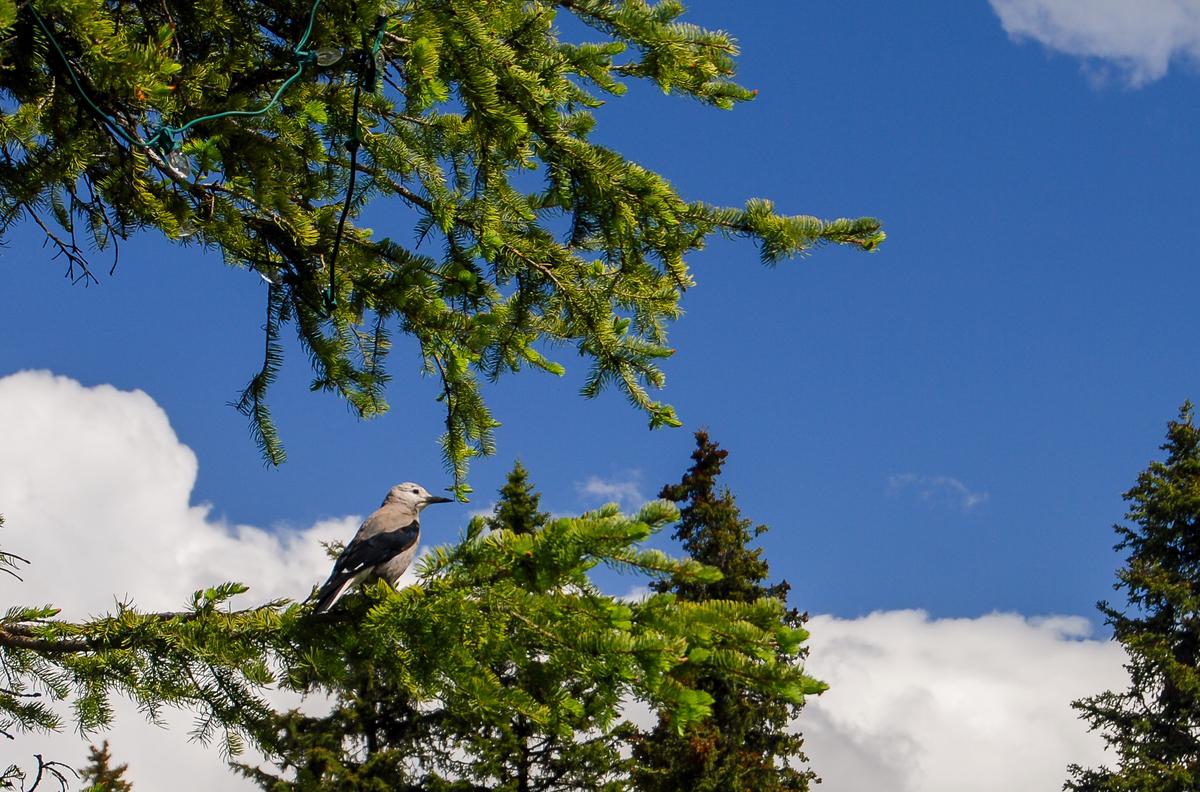
a. Parakeets, Cockatiels, and Conures
Parakeets, also known as budgerigars, are small and sociable birds that are popular pets. They are known for their vibrant colors and playful nature. Parakeets can become stressed due to various factors:
- Loud Noises: Parakeets have sensitive hearing and can be stressed by vacuum cleaners, construction sounds, or shouting.
- Sudden Changes in Environment: Parakeets thrive on routine and can become stressed by sudden changes in their surroundings, such as rearranging furniture or introducing new pets.
- Lack of Mental Stimulation: Parakeets are intelligent birds that require mental stimulation to prevent boredom and stress.
- Insufficient Social Interaction: Parakeets are highly social creatures and need regular interaction with their owners.
Cockatiels are medium-sized birds with distinctive crests on their heads. They are intelligent and can form strong bonds with their owners. Cockatiels may experience stress due to the following factors:
- Excessive Handling: Cockatiels enjoy being handled, but excessive or rough handling can cause them stress.
- Lack of Physical Activity: Cockatiels require regular exercise to maintain their well-being.
- Boredom: Cockatiels need mental stimulation to prevent boredom and stress.
- Changes in Routine or Environment: Cockatiels prefer a consistent routine and can be stressed by sudden changes.
Conures are small to medium-sized parrots with colorful plumage. They are known for their playful and energetic personalities. Conures may become stressed due to the following stressors:
- Loud Noises: Conures have sensitive hearing and can be easily startled by loud noises.
- Limited Social Interaction: Conures thrive on companionship and can become stressed by isolation.
- Lack of Mental Stimulation: Conures require mental stimulation to prevent boredom and stress.
- Changes in Surroundings: Conures can become stressed by changes in their environment.
b. Macaws and Cockatoos
Macaws are large and majestic parrots known for their vibrant plumage. They are highly intelligent birds that require significant mental and physical stimulation. Macaws can experience stress due to the following factors:
- Lack of Social Interaction: Macaws require social interaction to prevent stress, loneliness, and depression.
- Insufficient Mental Enrichment: Macaws need mental stimulation to prevent boredom and destructive behaviors.
- Confinement in Small Spaces: Macaws require ample space to move and engage in natural behaviors.
- Changes in Social Group or Environment: Macaws are sensitive to changes in their social group or environment.
Cockatoos are large parrots characterized by their crest and ability to mimic human speech. They are highly social birds that form strong bonds with their owners. Cockatoos may experience stress due to the following stressors:
- Lack of Social Interaction: Cockatoos require regular social interaction and companionship to thrive.
- Insufficient Mental Stimulation: Cockatoos need mental stimulation to prevent boredom and stress.
- Changes in Routine or Environment: Cockatoos can become stressed by sudden changes in their routine or environment.
- Separation Anxiety: Cockatoos can experience stress and self-destructive behaviors when left alone.
c. Finches and Canaries
Finches and canaries are small birds known for their melodious songs and vibrant colors. They can experience stress due to certain factors:
- Lack of Space: Finches and canaries require adequate space for flying and exercise.
- Incompatible Cage Mates: Finches and canaries thrive in the company of their own species.
- Changes in Lighting: These birds are sensitive to changes in lighting conditions.
- Insufficient Mental Stimulation: Finches and canaries require mental stimulation to prevent boredom.
Continue with Section 3: Identifying Stressors in Your Bird.
Identifying Stressors in Your Bird

Recognizing signs of stress in your bird is essential for promoting a calm and healthy environment. Here are common indicators of stress:
-
Feather plucking or excessive preening: Birds may excessively groom their feathers or pluck them out when stressed.
-
Aggression or excessive biting: Unusual aggression or frequent biting may indicate stress.
-
Vocalization changes: Increased or decreased vocalization can be a sign of stress. Sudden silence should also be noted.
-
Loss of appetite: A stressed bird may lose interest in eating or show a significant decrease in appetite.
-
Decreased activity or lethargy: Unusual inactivity, quietness, or lethargy could be signs of stress.
Understanding the common causes of stress in birds can help you create a more calming environment. Factors that commonly contribute to stress include:
-
Environmental changes: Changes in cage, location, temperature, or exposure to loud noises can cause stress.
-
Poor socialization or lack of interaction: Birds require socialization and interaction with owners or other birds.
-
Inadequate or improper diet: A poor or imbalanced diet can lead to physical and emotional stress.
-
Lack of mental stimulation: Birds need toys, puzzles, and activities for mental enrichment.
By being aware of the signs of stress and its common causes, you can take proactive steps to minimize stress in your bird’s life.
Establishing a Routine
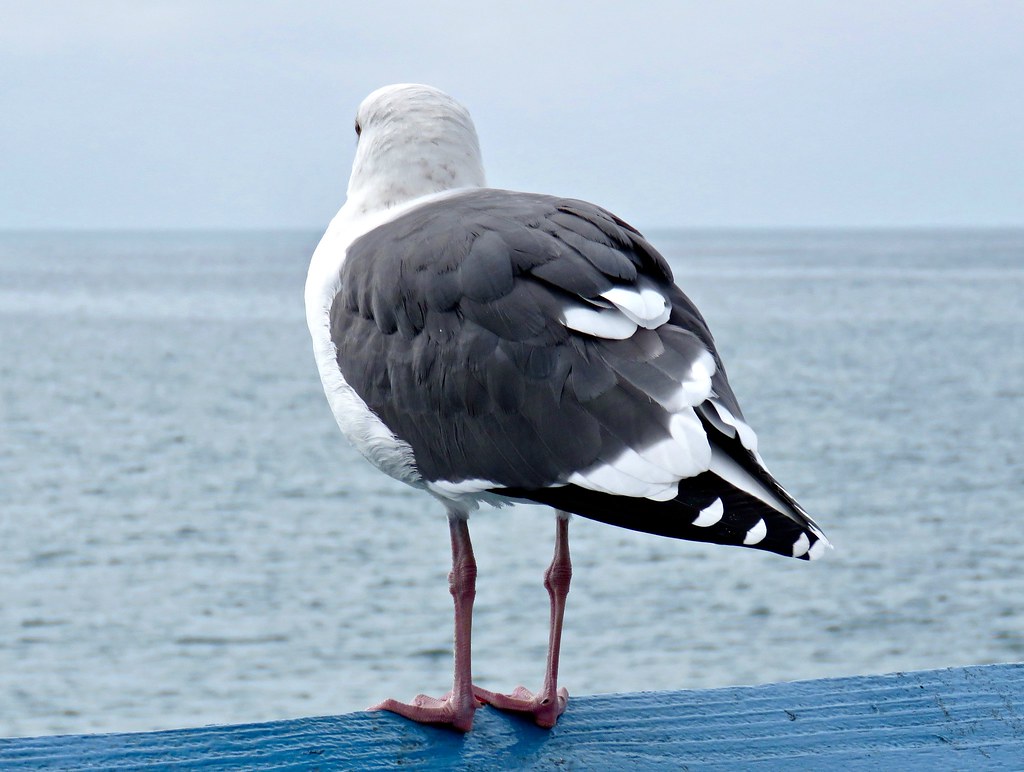
Creating a consistent schedule for feeding, playtime, and rest is crucial for your bird’s well-being. Here’s how to establish an effective routine:
Timing is Key
Consider the optimal times for feeding and interacting with your bird. Gradually introduce a daily routine with set times for activities. Consistency in timing helps reduce anxiety and provides stability.
Providing a Safe Place
Create a designated safe space for your bird, such as its cage or a specific perch. Ensure the cage is appropriately sized, well-maintained, and equipped with enriching toys. Create a quiet and calm atmosphere around the bird’s safe place to minimize stress. Offer privacy by covering a portion of the cage or providing a separate hiding spot.
By establishing a routine and providing a safe place, you lay the foundation for a calm and contented bird, reducing stress and anxiety.
Environmental Factors
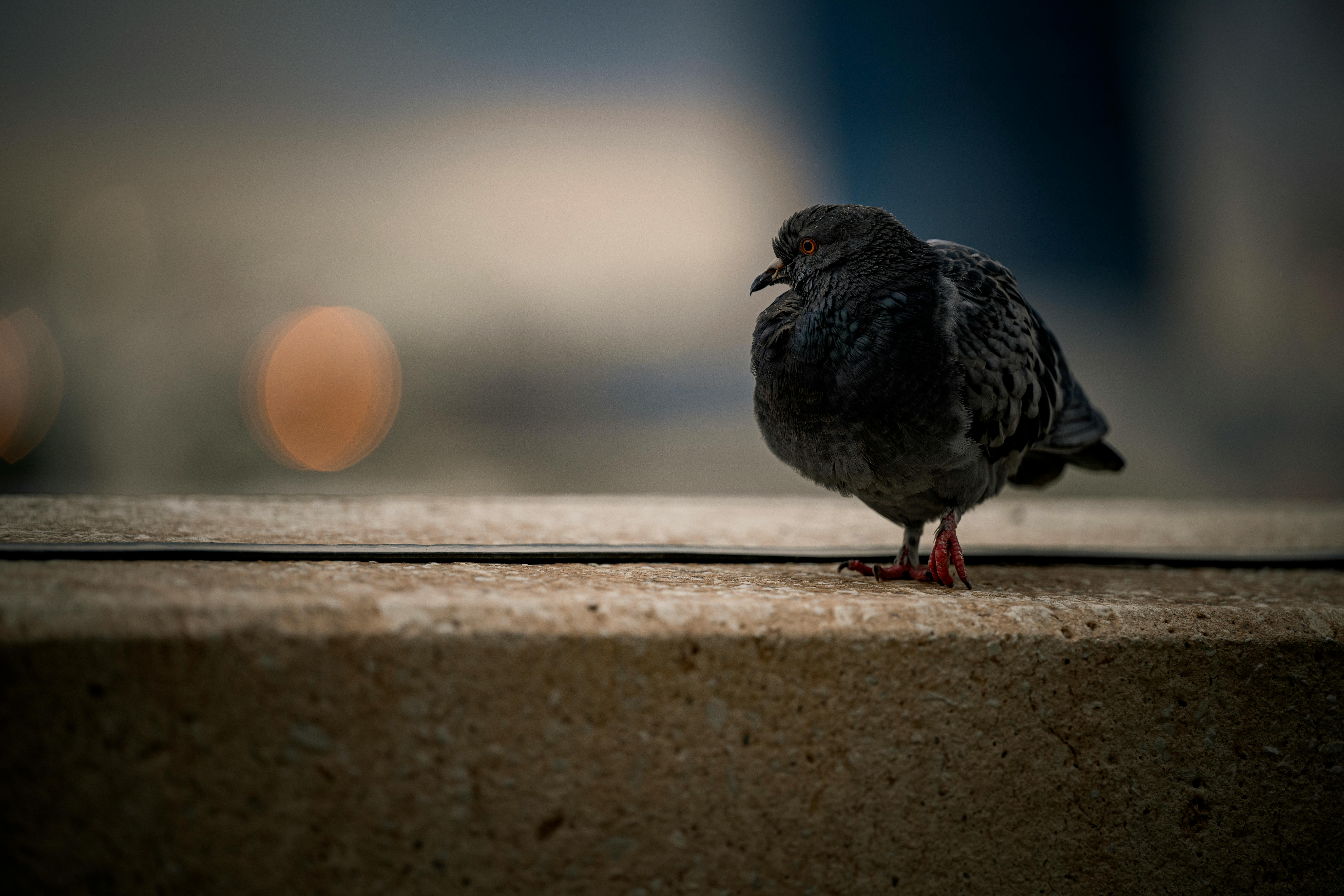
Birds are highly sensitive creatures, and their well-being is influenced by various environmental factors. Temperature, humidity, lighting, noise, and vibration all play a crucial role in their health and comfort.
Temperature, Humidity, and Lighting
Maintaining appropriate temperature, humidity, and lighting conditions is vital for your bird’s well-being. Research the specific requirements for your bird species and make necessary adjustments to create a comfortable environment.
-
Temperature: Birds have specific temperature preferences, so it’s important to maintain a suitable range to prevent stress and health issues.
-
Humidity: Different bird species thrive in varying humidity levels. Consult species-specific resources for guidance on maintaining the appropriate humidity levels.
-
Lighting: Birds require exposure to natural sunlight or artificial full-spectrum lighting to support their physiological processes. Mimic the natural day-night cycle and invest in full-spectrum lighting if needed.
Remember to avoid extreme temperature fluctuations, drafts, and direct sunlight, as they can cause stress and discomfort.
Noise and Vibration
Birds have highly sensitive hearing and can be easily startled or stressed by loud noises and vibrations. Creating a peaceful and quiet environment is essential for their well-being.
-
Location: Choose a quiet area for your bird’s enclosure, away from sources of excessive noise such as televisions or high-traffic areas.
-
Sound Management: Reduce sudden loud sounds and vibrations in your bird’s environment using soundproofing materials or white noise machines.
-
Gradual Exposure: Introduce your bird to new sounds and noises gradually, allowing them to acclimate over time.
By considering the impact of environmental factors, you can create a calm and stress-free space for your bird to thrive.
Social Interaction

Bonding with your bird is crucial for building trust and a positive relationship. Here are some tips:
-
Communication: Use a gentle and calm tone of voice when interacting with your bird.
-
Positive Reinforcement: Offer treats to reinforce positive behavior and encourage engagement.
-
Engaging Activities: Find activities that your bird enjoys, such as playing with toys or teaching simple tricks.
-
Respect Boundaries: Allow your bird to approach you on their terms and respect their personal space.
-
Creating a Safe Environment: Provide a comfortable and safe environment with appropriate perches, toys, and hiding spots.
-
Patience and Understanding: Building a strong bond takes time and patience. Be understanding of your bird’s individual personality and needs.
When introducing new birds, follow these steps:
-
Neutral Space: Introduce the birds in a neutral space where neither bird feels territorial.
-
Separate Cages: Provide separate cages initially, allowing the birds to observe and interact without physical contact.
-
Supervision: Monitor their interactions closely and offer positive reinforcement for calm and friendly behavior.
-
Signs of Stress or Aggression: Watch for signs of stress or aggression and consult with a veterinarian or bird behaviorist if needed.
Introducing new birds requires patience and careful observation. Each bird has its own unique personality, and it may take time for them to establish a harmonious relationship.
Diet and Nutrition

Maintaining a bird’s overall health and well-being is crucial for their calmness and contentment. Here are essential considerations for providing suitable foods:
Suitable Foods for Your Bird

Birds need a balanced and nutritious diet. Consider the following:
-
High-quality commercial bird pellets or formulated diets: These provide essential nutrients and a balanced diet, surpassing seed-only diets.
-
Fresh fruits and vegetables: Include a variety of leafy greens like spinach and kale, as well as fruits like apples, bananas, and berries. Research which ones are safe for your bird species.
-
Moderate seed consumption: Offer seeds as occasional treats or for species requiring them, but not as the primary component of the diet.
-
Clean, fresh water: Provide daily, ensuring accessibility.
Supplements for Stress Relief
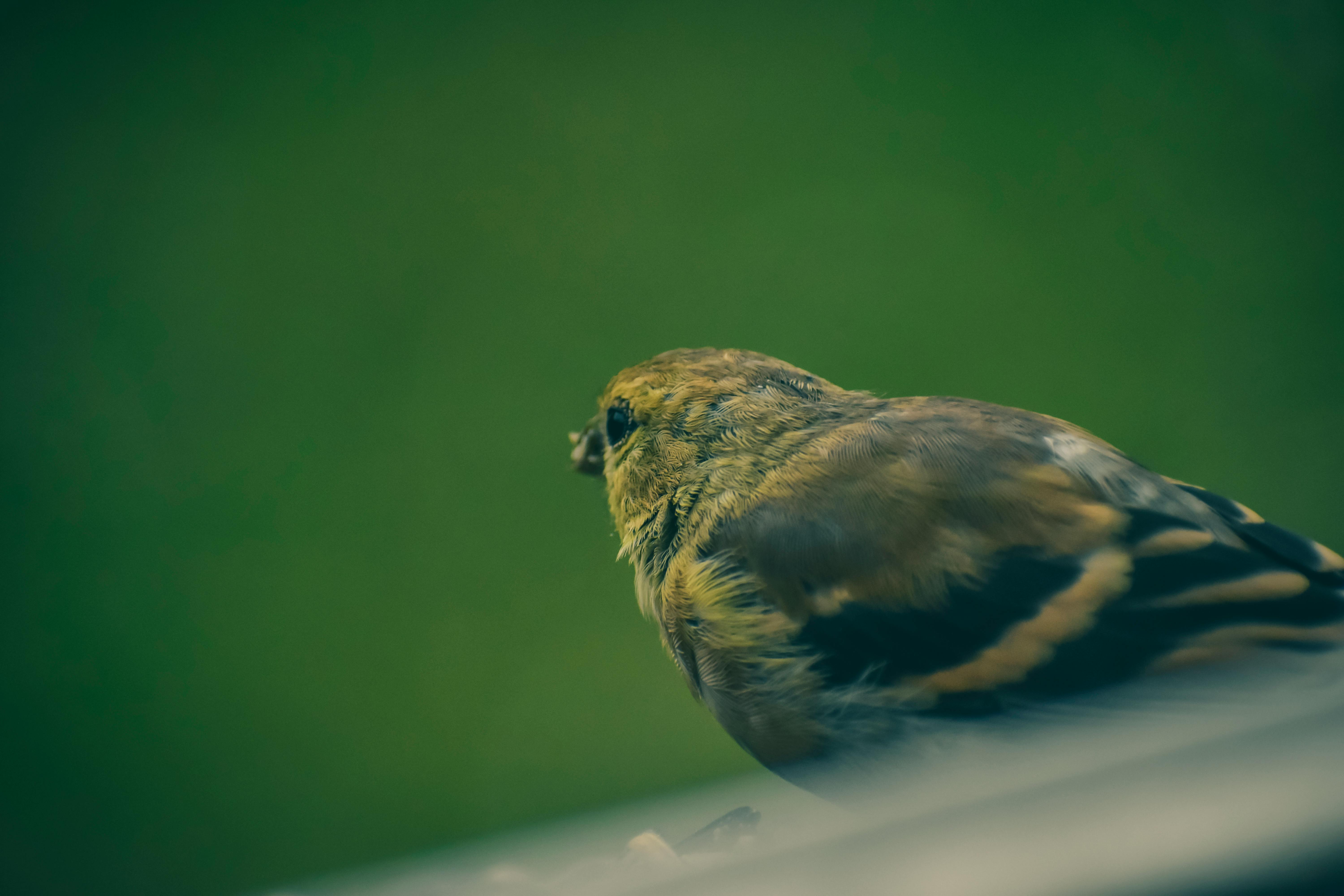
Consult an avian veterinarian before introducing supplements. Consider:
-
Chamomile: Add to water or food for relaxation and stress relief. Follow your veterinarian’s advice on dosage and frequency.
-
Other natural remedies: Lavender or valerian may have calming effects. Consult your veterinarian for suitability and administration.
Tailor your bird’s diet to its species. Regular consultations with an avian veterinarian ensure nutritional needs are met and specific concerns are addressed.
Behavioral Training
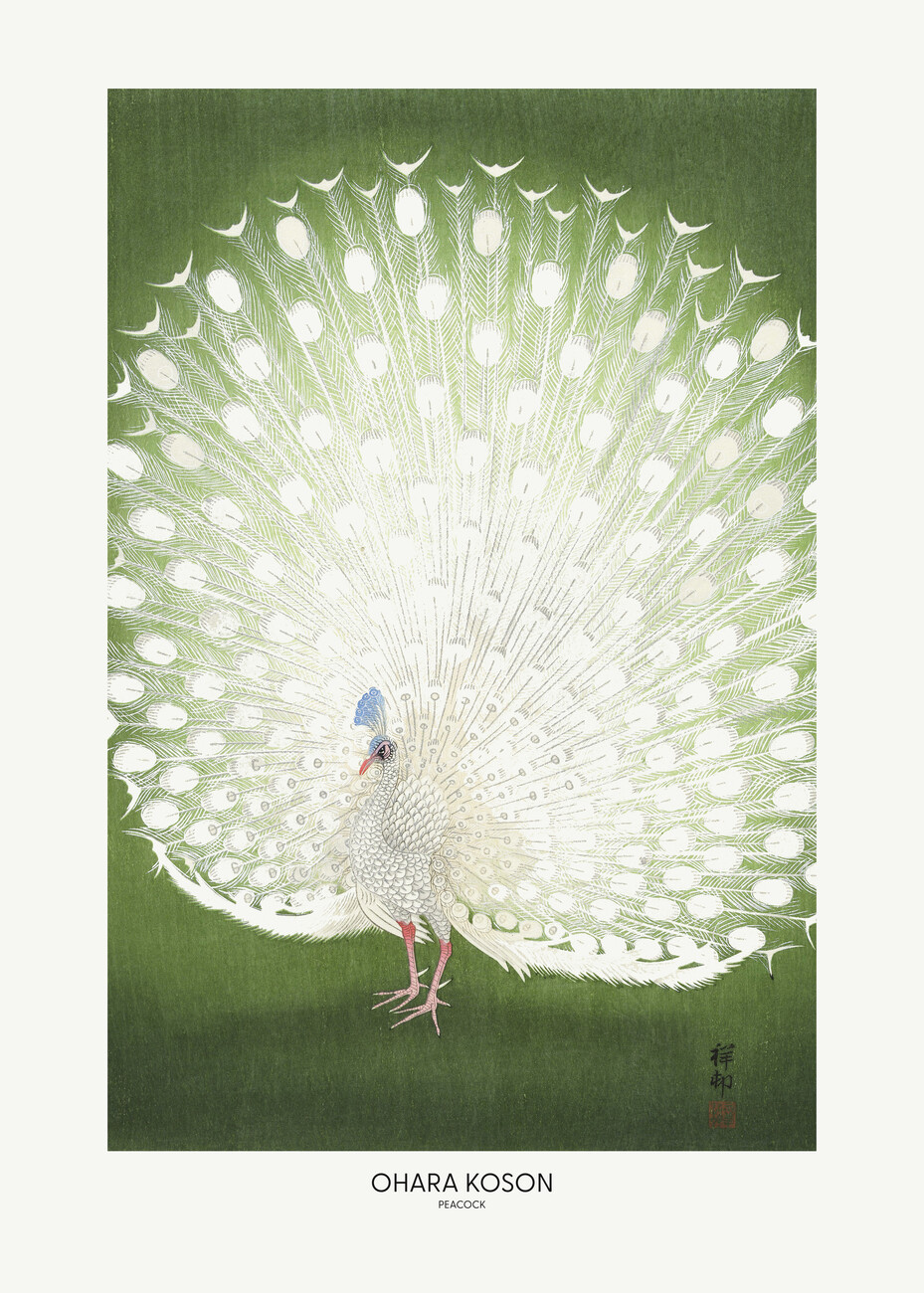
Behavioral training benefits birds and strengthens the bond between bird and trainer. Two effective methods are clicker training and positive reinforcement.
Clicker Training
Clicker training uses a handheld device emitting a distinctive sound. Follow these steps:
-
Introduce the clicker: Familiarize the bird with the sound.
-
Pair the clicker with rewards: Associate the clicker sound with positive reinforcement.
-
Start training sessions: Use the clicker to mark desired behavior and reward it.
-
Repetition and consistency: Regularly repeat training sessions, reinforcing the connection between the clicker sound and positive outcome.
Clicker training teaches various behaviors and promotes mental stimulation and bonding.
Positive Reinforcement
Positive reinforcement rewards desired behavior, increasing its likelihood of being repeated. Consider these guidelines:
-
Immediate reward: Deliver the reward promptly after the desired behavior.
-
Consistency: Consistently reward the desired behavior to establish a clear association.
-
Positive association: Create a positive and trusting bond through reinforcement, fostering a calm and cooperative attitude.
Positive reinforcement can be used in training scenarios such as recall, grooming sessions, and social interactions.
By incorporating clicker training and positive reinforcement, you can promote positive behavioral changes, reduce stress levels, and create a harmonious environment for your bird.
Remember, patience and dedication are key when training birds, as each bird responds differently and progresses at its own pace.
Conclusion

Understanding and addressing the stressors that affect your bird’s well-being is crucial for maintaining their overall calmness and happiness. By implementing the following key points, you can create a peaceful environment for your feathered companion:
Summary of Key Points
- Identifying Stressors: Recognize the signs of stress in your bird, such as feather plucking, excessive vocalization, or aggressive behavior. Common causes include changes in routine, loud noises, and inadequate social interaction.
- Establishing a Routine: Birds thrive on consistency, so establish a daily routine that includes regular feeding, playtime, and sleep. Provide a safe place, such as a comfortable cage or dedicated perch, for your bird’s security.
- Environmental Factors: Pay attention to factors like temperature, humidity, lighting, noise, and vibration. Maintaining optimal conditions can help reduce stress.
- Social Interaction: Build a bond with your bird through gentle handling, positive reinforcement, and quality time together. Introduce new birds gradually and under supervision.
- Diet and Nutrition: Offer a well-balanced diet specific to your bird’s species, including fresh fruits, vegetables, and quality pellets or seeds. Consider stress-relief supplements like chamomile or lavender.
- Behavioral Training: Engage in positive reinforcement training methods like clicker training to redirect your bird’s energy and encourage desirable behaviors.
- Importance of Patience and Dedication: Calming a bird requires patience and dedication. Each bird is unique, so adapt your methods accordingly. Consistency, love, and a caring environment are key.
Successfully calming a bird requires a long-term commitment and a patient approach. Progress may be gradual, and setbacks are possible. By dedicating time every day to bond with your bird, respecting their individual needs, and persistently implementing calming techniques, you can build trust and provide a soothing environment.
Remember, your bird’s journey toward calmness is unique. Embrace the process, be patient, and celebrate even the smallest victories along the way.
In conclusion, by incorporating the information and strategies outlined in this article, you can create a harmonious and tranquil environment for your feathered companion, leading to a happier, healthier, and calmer bird.
Frequently Asked Questions
Frequently Asked Questions
1. How can I tell if my bird is stressed?
Signs of stress in birds include excessive feather plucking or preening, aggression or frequent biting, vocalization changes, loss of appetite, and decreased activity or lethargy.
2. What are the common causes of stress in birds?

Common causes of stress in birds include environmental changes, poor socialization or lack of interaction, inadequate or improper diet, and lack of mental stimulation.
3. How can I establish a routine to calm my bird?
To establish a routine, consider the optimal times for feeding and interacting with your bird. Gradually introduce a daily schedule with set times for activities. Provide a designated safe place, such as a cage or perch, to create a calm and secure environment.
4. What environmental factors can contribute to bird stress?
Environmental factors such as temperature, humidity, lighting, noise, and vibration can contribute to bird stress. Maintaining appropriate conditions in these areas is crucial for your bird’s well-being.
5. Are there any training methods to help calm a bird?
Yes, two effective training methods are clicker training and positive reinforcement. Clicker training involves associating a distinct sound with desired behavior, while positive reinforcement rewards and encourages desirable behavior. These methods promote mental stimulation and bonding, leading to a calmer bird.

Leave a Reply